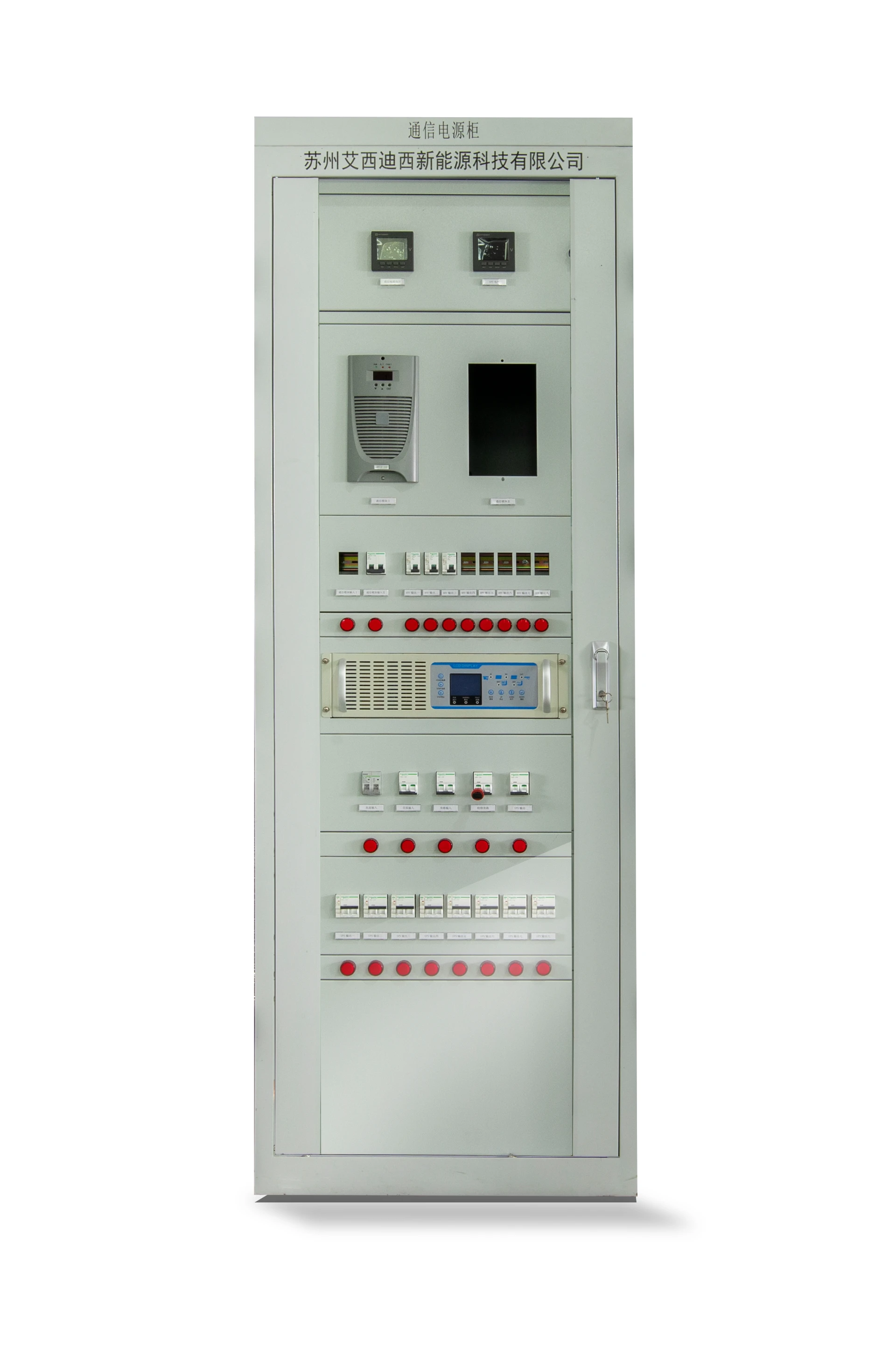
Ago . 15, 2025 00:40 Back to list
Energy Management System (EMS): Optimize & Save Energy Costs
Optimizing Industrial Operations with Advanced Energy Management Systems
In the contemporary industrial landscape, the strategic imperative to optimize energy consumption is paramount for operational efficiency, cost reduction, and environmental compliance. A robust energy management system (EMS) serves as the cornerstone for achieving these objectives, providing organizations with granular, real-time insights into their energy usage patterns. By leveraging sophisticated analytics and automation capabilities, an EMS enables proactive identification of inefficiencies, facilitates intelligent load balancing, and supports informed decision-making. This transition from reactive monitoring to a predictive, data-driven approach is critical for industrial facilities seeking to maximize resource utilization and secure a competitive edge in an increasingly energy-conscious global market.
Current industry trends highlight a significant shift towards integrated and intelligent energy management system platforms. The convergence of the Internet of Things (IoT), Artificial Intelligence (AI), and advanced data analytics is driving the development of EMS solutions that offer more than just monitoring; they provide active control, predictive maintenance, and seamless integration with existing operational technologies. This includes sophisticated demand response capabilities and optimized integration with renewable energy sources, allowing industries to dynamically adapt to energy market fluctuations. The demand for highly customizable and scalable energy management system ems architectures is also rising, enabling precise alignment with specific operational requirements and stringent regulatory frameworks, thereby ensuring compliance and maximizing long-term return on investment.
The Advanced Manufacturing Process of a High-Performance EMS
The development and manufacturing of a high-performance energy management system involve a stringent, multi-phase engineering process designed to ensure unparalleled precision, reliability, and extended operational lifespan. This intricate process commences with detailed system architecture design and meticulous material selection. Core components often utilize robust materials such as high-grade stainless steel for corrosion resistance in harsh environments (e.g., petrochemical or wastewater treatment), specialized engineering plastics for insulation and thermal stability, and high-purity copper for superior electrical conductivity in power modules. This careful selection ensures the system's resilience and consistent performance under diverse operational stressors.
The fabrication phase incorporates advanced manufacturing techniques, including precision CNC machining for creating intricate sensor housings and communication board components, guaranteeing exact tolerances critical for data accuracy. Key structural elements and enclosures may undergo specialized casting or forging processes to enhance mechanical strength and impact resistance, particularly relevant for applications in heavy industries like metallurgy. Post-production, every sub-assembly and complete EMS unit is subjected to rigorous testing protocols. These include functional performance tests, environmental stress screening (ESS) to simulate extreme operating conditions, and electromagnetic compatibility (EMC) tests to ensure compliance. Adherence to international standards such as ISO 9001 for quality management and ANSI/IEC standards for electrical safety and performance guarantees a projected service life often exceeding two decades, even in continuous, demanding industrial operations.

An integrated energy management system displaying core components for efficient energy distribution and monitoring.
These rigorously manufactured systems deliver significant advantages in sectors like petrochemicals, metallurgy, and water and drainage management. In a petrochemical plant, an energy management system precisely monitors and optimizes power for critical processes such as distillation, pumping, and compression, reducing energy waste by up to 15% and bolstering operational safety. For water treatment facilities, the system's ability to withstand corrosive environments and manage power for large pumps translates into substantial energy savings and reduced maintenance costs. The inherent energy-saving capabilities derived from intelligent load balancing and peak demand management, combined with superior corrosion resistance, make these EMS solutions indispensable for long-term operational resilience and sustainability.
Key Technical Parameters for Energy Management System Evaluation
For B2B decision-makers and technical personnel, a thorough understanding of the core technical parameters of an energy management system ems is essential. These specifications directly impact the system's accuracy, scalability, and ability to integrate seamlessly within complex industrial environments. Key parameters include data acquisition rates, which dictate the granularity of energy insights; metering accuracy, crucial for precise energy cost allocation; and compatibility with various communication protocols such as Modbus RTU/TCP, BACnet, or OPC UA, ensuring interoperability with existing SCADA or PLC systems.
| Parameter | Description | Typical Range/Value |
|---|---|---|
| Data Sampling Rate | Frequency of data collection from energy meters and sensors. | 1-15 second intervals (configurable) |
| Measurement Accuracy | Precision class of power and energy measurement (e.g., for billing). | Class 0.2S for energy, 0.5% for voltage/current |
| Supported Protocols | Common communication standards for device integration. | Modbus TCP/RTU, BACnet/IP, SNMP, OPC UA, DNP3 |
| Data Storage Capacity | Volume and duration of historical data retention. | Up to 10 years of granular data (on-premise/cloud options) |
| System Scalability | Ability to expand monitoring points and integrated devices. | Supports 50 to 20,000+ data points per instance |
| Security Compliance | Adherence to cybersecurity standards for data protection. | IEC 62443, NIST Cybersecurity Framework |
These specifications are fundamental for evaluating an energy management system's capability to meet specific operational demands. For example, a system with a Measurement Accuracy of Class 0.2S (as per IEC 62053-22) is highly suitable for financial transactions and precise departmental cost allocation. High scalability ensures the EMS can grow with your business, accommodating new facilities or expanding production lines without requiring a complete system overhaul. Robust cybersecurity compliance, such as IEC 62443, is non-negotiable for protecting sensitive operational data and preventing unauthorized access in an interconnected industrial environment.
Tailored Solutions and OEM Collaboration for Strategic Advantage
While standard energy management system offerings provide broad utility, highly complex industrial environments often require bespoke solutions. The concept of an oem energy management system allows for deep customization, ensuring that both hardware and software integrations are precisely aligned with a client’s unique operational parameters, existing infrastructure, and specific regulatory compliance mandates. This can encompass specialized sensor configurations, custom communication interfaces for legacy systems, and tailor-made dashboard visualizations that present critical data in an actionable format for specific stakeholders. Expert providers offer comprehensive consultation, on-site assessments, and adaptive system designs, guaranteeing that the EMS seamlessly integrates and delivers maximum value toward strategic energy objectives.
Our extensive experience, spanning over two decades in advanced power supply and energy management solutions, has fostered robust OEM partnerships. This collaborative approach enables us to deliver integrated systems that are not only at the technological forefront but also perfectly harmonize with diverse operational frameworks. Clients consistently praise our solutions, particularly the role our 48V Communication Power Supply plays as a vital component within their broader energy management system ems architectures. This ensures stable, reliable power delivery for critical communication and control modules, underscoring our commitment to supporting the entire EMS ecosystem. Our dedication to client success extends well beyond initial deployment, encompassing comprehensive service agreements, proactive remote monitoring, and rapid technical assistance to ensure sustained peak performance of your EMS.
Frequently Asked Questions (FAQ) About EMS Solutions
-
Q: What is the typical implementation timeline for an energy management system?
A: The duration for EMS implementation varies considerably based on the complexity of your facility, its size, and the extent of integration with existing systems. A basic deployment for a medium-sized facility might take 4-7 months, whereas large-scale industrial or multi-site integrations could require 10-18 months. A detailed project plan and timeline are provided after a comprehensive site assessment.
-
Q: What return on investment (ROI) can be anticipated from implementing an EMS?
A: Most organizations typically achieve a full return on their EMS investment within 1.5 to 3 years. This ROI is primarily driven by significant reductions in energy consumption, optimized operational efficiency, minimized equipment downtime due to predictive insights, and avoided peak demand charges. The exact ROI will depend on your baseline energy costs, the scale of the EMS deployment, and the effectiveness of the energy-saving strategies implemented.
-
Q: Can you describe your warranty and ongoing customer support policy?
A: We provide a comprehensive 2-year limited warranty on all primary hardware components of our energy management system ems. Beyond the warranty period, we offer tiered customer support packages, which include 24/7 remote technical assistance, priority on-site support, proactive system health monitoring, and regular software and firmware updates. Our aim is to ensure the continuous, optimal performance and longevity of your EMS investment.
-
Q: What are the typical lead times for product delivery and customized solutions?
A: Standard EMS components and off-the-shelf modules typically have a lead time of 4-7 weeks from order confirmation. For highly customized solutions or specialized oem energy management system modules that require bespoke manufacturing, lead times can range from 8-14 weeks, depending on design complexity, material sourcing, and production queue. We offer expedited delivery options for urgent projects, subject to specific arrangements.
Authoritative References & Standards
- International Organization for Standardization. ISO 50001:2018, Energy management systems — Requirements with guidance for use.
- National Institute of Standards and Technology. SP 800-82 Rev. 3, Guide to Industrial Control Systems (ICS) Security.
- Institute of Electrical and Electronics Engineers. IEEE Std 1857.9-2023, Recommended Practice for Industrial and Commercial Power System Efficiency and Energy Management.
- International Electrotechnical Commission. IEC 62053-22:2003, Electricity metering equipment (a.c.) – Particular requirements – Part 22: Static meters for active energy (classes 0,2 S and 0,5 S).
- American National Standards Institute. ANSI C12.1-2023, Electric Meters - Code for Electricity Metering.
This is the last article
-
Energy Management System (EMS): Optimize & Save Energy Costs
NewsAug.15,2025
-
Intelligent Energy Management: Save & Control Your Power
NewsAug.14,2025
-
Optimize Energy with Advanced Management Systems
NewsAug.13,2025
-
Energy Management System: Optimize & Save | OEM EMS Solutions
NewsAug.12,2025
-
Efficient Energy Storage Cabinet for Solar Battery & EMS
NewsAug.11,2025
-
Energy Management System (EMS): Optimize Efficiency & OEM
NewsAug.10,2025


